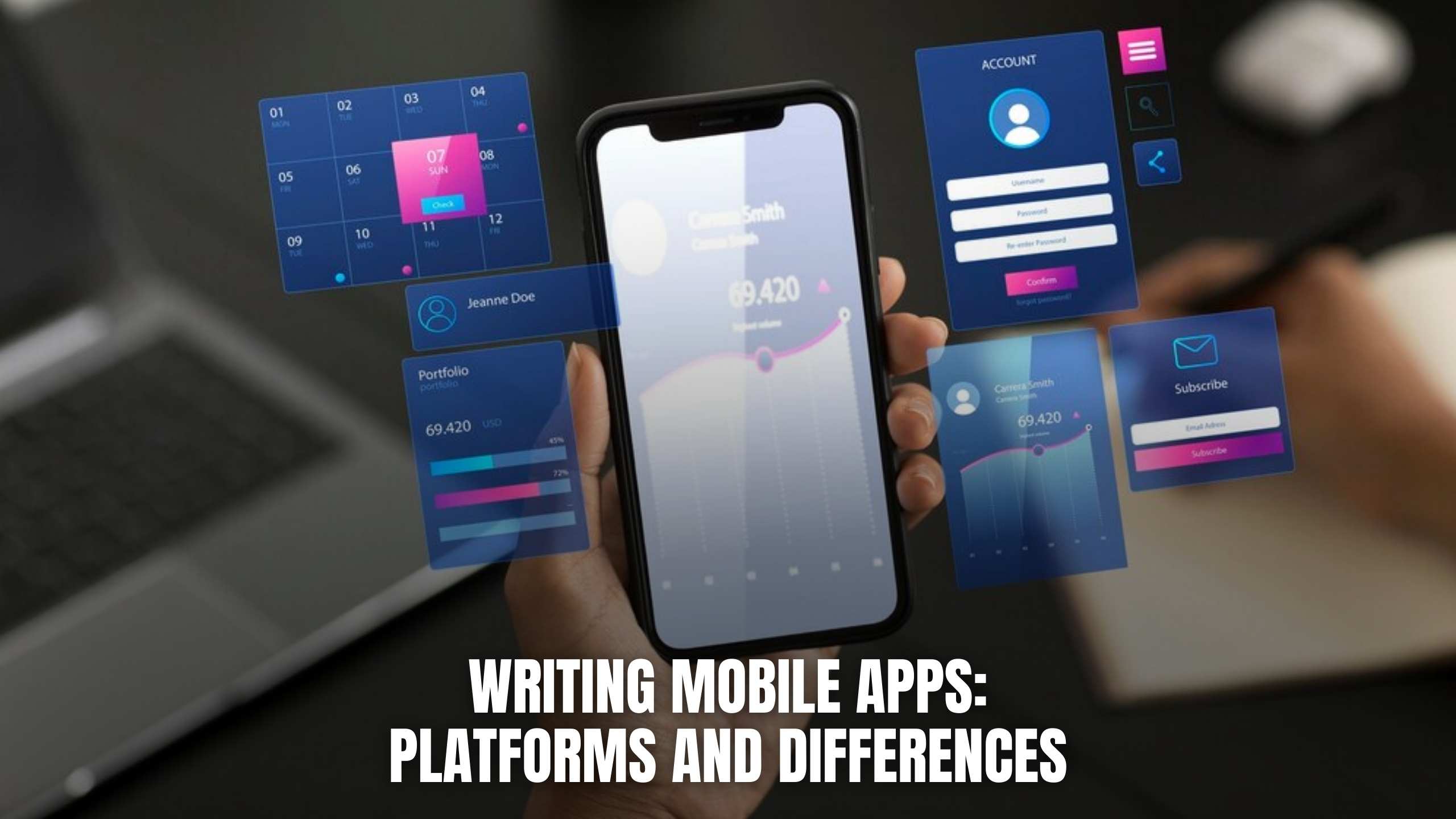Writing Mobile Apps: Platforms and Differences
- WebOps Platforms Bug Tracking & Feedback Software Web Development & Design


Writing Mobile Apps: Platforms and Differences
In the ever-evolving landscape of mobile app development, understanding the platforms and differences is crucial for developers aiming to create successful applications. This blog delves into the two main platforms for mobile app development, exploring their nuances, strengths, and differences.
Android vs. iOS: The Main Platforms
Android Development
When developing for Android, it’s essential to consider the fragmentation of devices and screen sizes, ensuring optimal user experiences across various platforms. Additionally, the Google Play Store serves as the primary distribution platform for Android applications.
iOS Development
On the other side of the spectrum, iOS, Apple’s closed-source operating system, provides a seamless and controlled environment for developers. Using languages like Swift or Objective-C, developers craft applications exclusively for iPhones, iPads, and other Apple devices. The unified ecosystem simplifies development, ensuring a consistent user experience across devices.
iOS developers benefit from a streamlined app review process and the exclusive distribution platform, the App Store. This controlled environment contributes to a reputation for high-quality, secure applications.
Considerations for Developers
User Interface Design
Android and iOS have distinct design guidelines. Android embraces material design principles, emphasizing intuitive navigation and a visually cohesive experience. In contrast, iOS adheres to the human interface guidelines, prioritizing clarity, depth, and a seamless interface that aligns with Apple’s aesthetic.
Development Tools
The choice of development tools differs between the platforms. Android Studio is the official integrated development environment (IDE) for Android, offering robust features and excellent debugging capabilities. iOS developers typically use Xcode, Apple’s IDE, known for its ease of use and comprehensive set of tools for building, testing, and debugging.
Market Share and Revenue Models
Understanding the market share and revenue models for each platform is crucial for developers. Android holds a larger market share globally, making it a lucrative market for app distribution. However, iOS users tend to spend more on apps, contributing to higher revenue for developers.
Relevant SaaS Products
- Bitrise: Streamline your mobile app development workflow with Bitrise, a continuous integration and delivery (CI/CD) platform tailored for Android and iOS apps. Automate testing and deployment processes for efficient and error-free releases.
- Instabug: Enhance the quality of your mobile apps with Instabug, a comprehensive bug reporting and user feedback platform. Receive real-time insights from users to improve the overall user experience.
- Firebase: Accelerate app development with Firebase by Google. This SaaS product provides a range of tools, including real-time databases, authentication, and cloud functions, ideal for both Android and iOS developers.
- AppDynamics: Monitor and optimize the performance of your mobile apps on both Android and iOS with AppDynamics. Gain insights into user experiences and app performance to ensure a seamless user journey.
- TestFairy: Ensure robust testing for your mobile apps with TestFairy. This platform offers comprehensive testing solutions, including real-time monitoring and detailed insights, for both Android and iOS applications.
Conclusion
In the dynamic world of mobile app development, understanding the nuances between Android and iOS is crucial for developers aiming to create successful applications. Whether navigating the diverse ecosystem of Android or embracing the controlled environment of iOS, developers must consider user interface design, development tools, and market dynamics to craft exceptional mobile experiences.
Unlock Secret Deals and Save Big with Subscribed.fyi!
Ready to optimize your SaaS stack for mobile app development? Subscribed.fyi offers exclusive deals on essential SaaS tools, providing savings of $100,000+ per year. Sign up for free to unlock secret deals and streamline your SaaS subscriptions today!
Relevant Links:





